Calorie content of buckwheat, potatoes and millet - which one is healthier
Adherents of proper and healthy nutrition, as well as those who are on a diet, are often interested in which of the cereals is less high in calories and at the same time more useful.
Potatoes contain a minimum of fats and fast carbohydrates, their correct use does not interfere with weight loss. The low calorie content of boiled buckwheat is compensated by a rich supply of minerals: there are almost 2 times more of them than in other types of cereals. Millet contains a lot of carbohydrates, so its nutritional value is high.
In the article we will tell you what is healthier in the end and what is the calorie content of potatoes, buckwheat and millet.
The content of the article
Chemical composition
Carbohydrates are the main component of buckwheat. They make up about 20% of the mass of cooked cereals. It contains protein (13.5%) and various minerals.
Buckwheat is a rich source of fiber (56% DV), boron (1043%), silicon (400%), manganese (88%), copper (66%) and magnesium (61%).
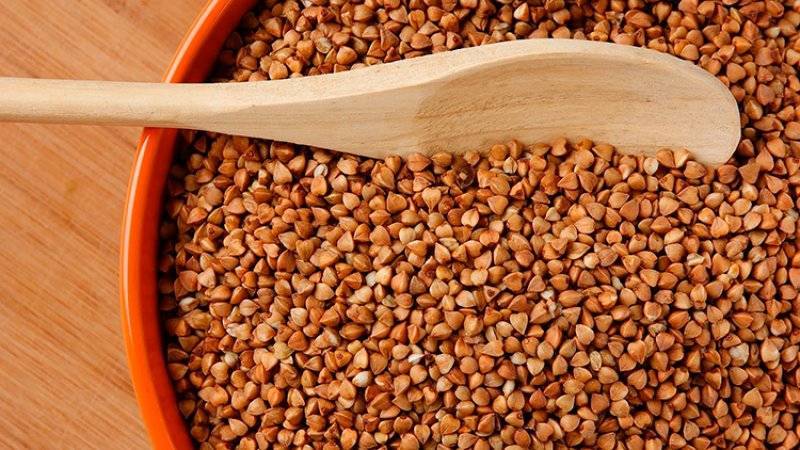
One of the valuable qualities of cereals is a high content (1.9–2.5%) of phytonutrients, in particular flavonoids. 100 g of buckwheat contains 16.7% of essential and 11.7% of non-essential amino acids:
- valine - 25%;
- isoleucine - 21%;
- leucine - 15%;
- threonine - 16%;
- tryptophan - 14%;
- phenylalanine - 15%;
- glycine - 22%.
The product is rich in vitamins E, PP, K, group B.
Potato tubers contain carbohydrates, including sugars, starch, and fiber. The chemical composition and nutritional value vary depending on the conditions and shelf life of vegetables: at a temperature of about + 5 ° C, enzymes break down starch into glucose, which makes potatoes sweet.
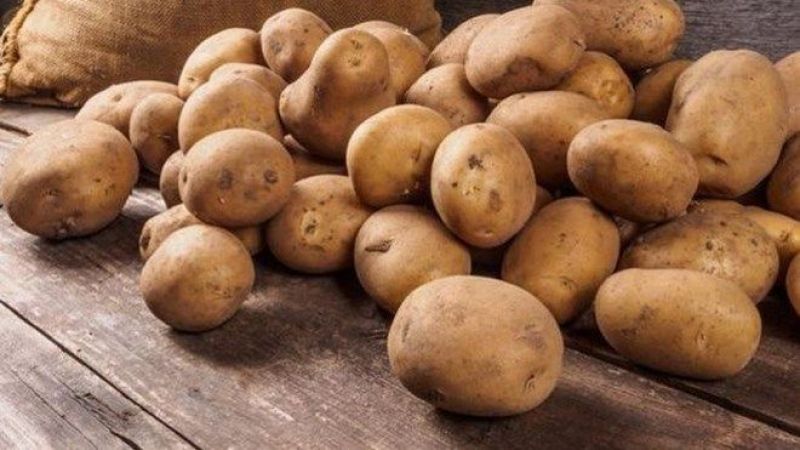
The main macro- and microelements in tubers (per 100 g):
- potassium - 23% of the daily value;
- silicon - 167%;
- boron - 164%;
- vanadium - 373%;
- iron - 16%;
- cobalt - 50%;
- lithium - 77%;
- manganese - 16%;
- copper - 14%;
- rubidium - 500%.
They contain vitamins C, K, group B.
Important! Potatoes contain toxic compounds - glycoalkaloids, of which solanine and hakonine are common.
Millet - a source of many minerals, including:
- silicon (251%);
- magnesium (31%);
- phosphorus (34%);
- boron (326%);
- iron (28%);
- manganese (63%);
- copper (47%).
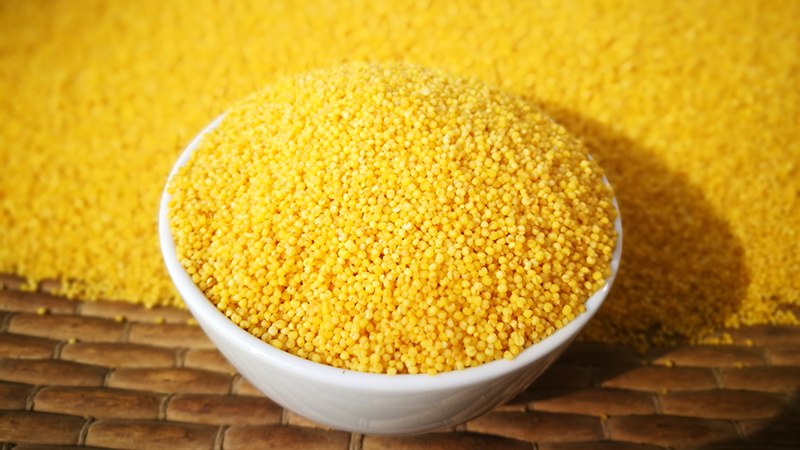
Millet has a high protein content (about 14% of the DV), omega-3 (12%) and omega-6 (20%) fatty acids. Groats contain vitamins PP, group B.
The nutritional value
The table shows the glycemic index, as well as the content of BJU and calories per 100 g of product.
| Product | Buckwheat | Millet | Potatoes |
| Calorie content | 343 kcal | 378 kcal | 77 kcal |
| Protein | 10.8 g | 11.02 g | 2-2.5 g |
| Fats | 3.2 g | 4.22 g | 0.1-0.5 g |
| Carbohydrates | 56-70 g | 66.2-72.9 g | 13-26 g |
| Glycemic index | 50-60 units | 40-60 units | 65-90 units |
The glycemic index of potatoes depends on the method of its preparation: for mashed potatoes it is equal to 90 units, for tubers “in uniform” or peeled - 65–70, for a fried dish - 80.
Interesting. What is more caloric - potatoes or buckwheat? Boiled tubers contain 80–85 kcal per 100 g, fried in vegetable oil with onions - 125 kcal, mashed potatoes - 97 kcal. There are 110 kcal per 100 g of boiled cereals.
The most nutritious of the compared foods is millet. For him, the typical serving size is 1 cup, which contains 756 calories (38% of the DV).

What is best for losing weight
When losing weight, they do not completely abandon potatoes - they are used boiled without salt and oil. There are diets based on it.
Buckwheat helps you lose weight thanks to complex carbohydrates that are slowly absorbed and satiety occurs faster. At the same time, the body does not receive the required amount of calories and after 3 days it begins to break down the accumulated fat in order to get saturated with energy.
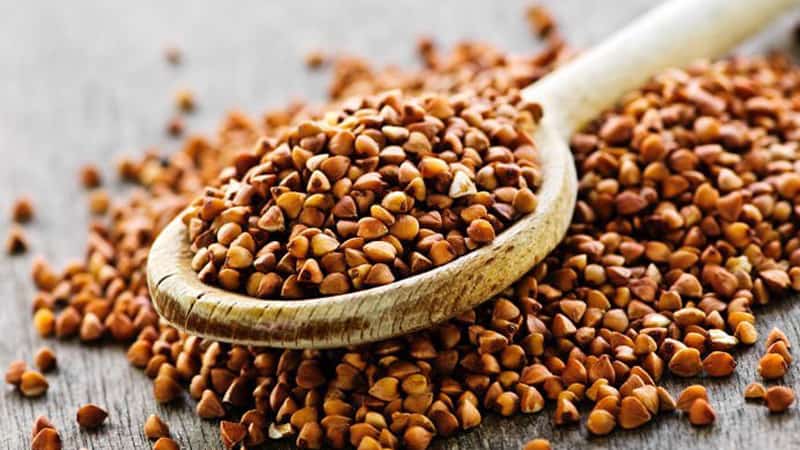
Millet is often used for weight loss, as it perfectly satisfies hunger. They eat cereals in moderation.
Beneficial features
What is healthier - buckwheat or potatoes? This can be judged on the basis of their merits.
Groats are rich in nutrients, gluten free. Its main properties:
- improving digestion;
- strengthening the immune system;
- normalization of the cardiovascular system;
- control of blood sugar levels.
Potato improves digestion, lowers cholesterol and blood pressure, strengthens the immune system, and maintains water balance. Besides:
- carbohydrates in tubers are easily digested, improve digestion;
- flavonoids, carotenoids and phenolic acids neutralize the activity of free radicals;
- resistant starch does not break down, but serves as a nutrient source for beneficial bacteria in the gut.
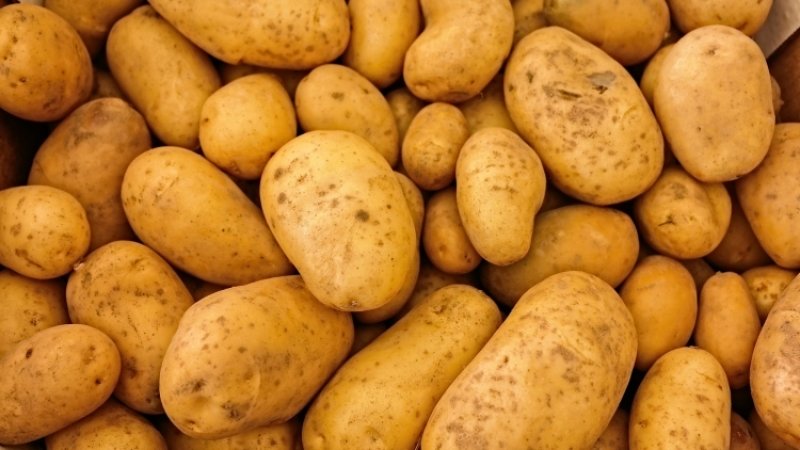
Millet removes toxins from the body, prevents kidney and liver diseases, maintains muscle health, and also:
- increases the effectiveness of insulin in the body and helps to avoid the development of diabetes;
- Keeps you feeling full longer due to its high fiber and protein content;
- prevents iron deficiency in the body;
- helps in the treatment of gastrointestinal disorders;
- quercetin, pantothenic acid have antioxidant properties, support immunity.
What is healthier in the end, buckwheat, potatoes or millet? The tubers contain more vitamins than cereals. In the latter, the percentage of amino acids is higher. Therefore, all products are added to the diet, using them in moderation, and if there are no contraindications for that.
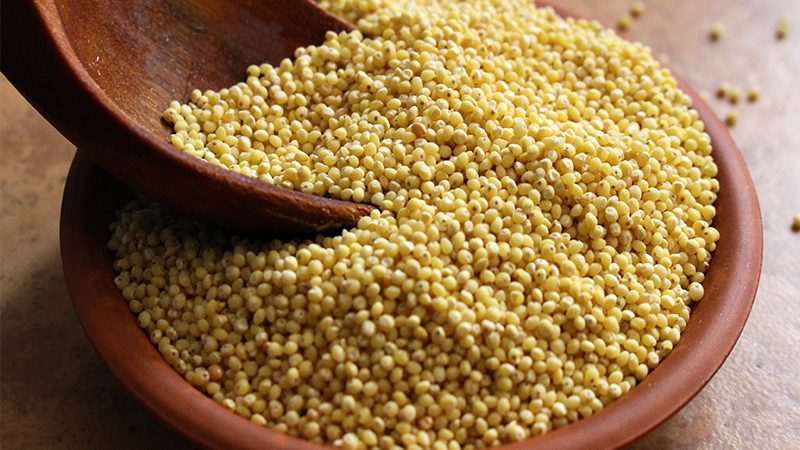
Harm and contraindications
The main contraindications to the use of buckwheat are:
- Allergy: Buckwheat can cause skin rashes, runny nose, asthma and a severe drop in blood pressure, itching, swelling and difficulty breathing.
- Diabetes: the product lowers blood sugar levels.
Contraindications to eating potatoes:
- The tubers have a high glycemic index - they cause a sharp and rapid rise in blood sugar levels, which causes the pancreas to secrete large amounts of insulin. Therefore, the vegetable is not eaten with diabetes.
- Excessive consumption of potatoes in people with severe renal impairment leads to hyperkalemia.
- Fried vegetables harmful to digestion.
- If the rules and shelf life of potatoes are violated, a poisonous substance appears in its peel solanine... Glycoalkaloid is dangerous in high dosages.
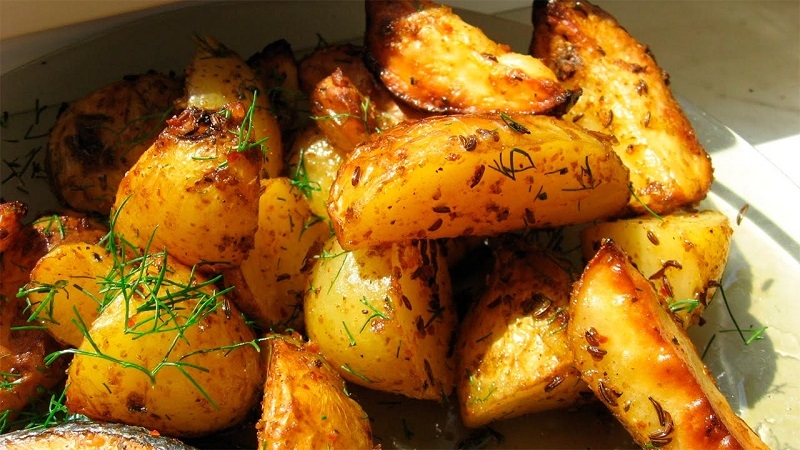
Millet harm:
- Groats contain goitrogens - substances that interfere with the production of thyroid hormones by the thyroid gland. Millet is excluded from the diet with hypothyroidism and a lack of iodine in the body.
- Wheat porridge is not eaten with exacerbation of gastritis.
The opinion of nutritionists
Buckwheat is one of the healthiest cereals. It is rich in protein, so those who do not consume meat and fish are recommended to include cereals in the menu more often. It contains a lot of iron, potassium and magnesium, which are important for the functioning of the cardiovascular and nervous systems.
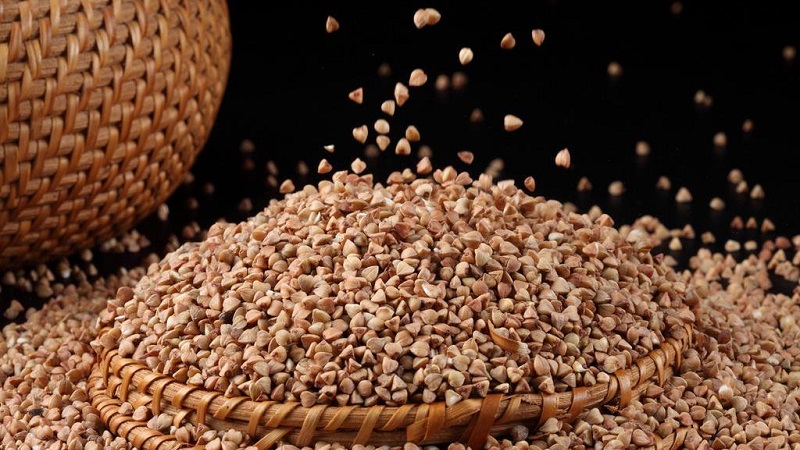
Millet porridge is useful for residents of large cities and areas with unfavorable ecology. The elements contained in cereals bind heavy metal ions and remove harmful substances from the body.
Excessive consumption of potatoes and their processed products leads to weight gain. But in moderation, vegetables cooked with a minimum of oil and spices will only benefit.
Conclusion
Buckwheat is rich in antioxidants, minerals and amino acids, contains up to 135% of the daily requirement of phytosterols, which normalize blood cholesterol levels. When consumed in moderation and properly prepared, potatoes perfectly complement the diet: they contain many trace elements, vitamin C. Millet, on the other hand, is rich in omega-6 fatty acids and B vitamins.
We recommend that you include each of the cereals in your diet: the main thing is to do it in moderation and take into account possible contraindications.